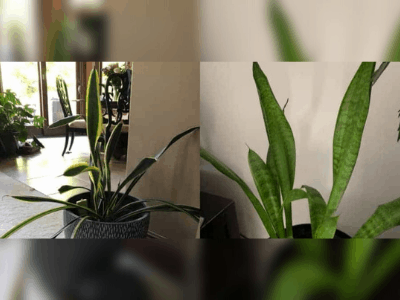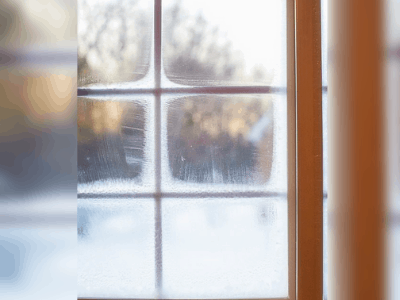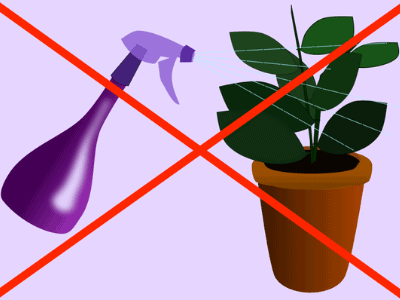Sansevieria or (san-se-vi-ah) in the Lily family, also known as one of the world’s most popular plants.
On the basis of molecular phylogenetic studies…
…Sansevieria has been included in the genus Dracaena, which is native to tropical Africa…
….in particular, Madagascar, and southern Asia.
The 70 or so species formerly placed in the genus have been known by many common names….
…including mother-in-law’s tongue, devil’s tongue, jinn’s tongue, bow string hemp, snake plant, and snake tongue.
According to the APG III classification system Dracaena is a member of the family…
…Asparagaceae subfamily Nolinoideae (formerly the family Ruscaceae).
It has also been placed in the family Dracaenaceae.
With its durability, the Sansevieria makes an excellent choice for apartment dwellers…
…who typically have difficulty with houseplants due to limited lighting.
They should take a good look at snake plants.
As the most tolerant of all decorative plants, Sansevieria can survive the harshest growing conditions abuse and neglect.
Simply put, sansevieria is a tough houseplant to kill.
Snake plants are versatile, classic houseplants with sword-like foliage.
The great thing about this plant is that it’s a great plant for forgetful gardeners…
…and it’s an excellent air purifier plant for indoor environments.
Despite being a resilient succulent that can grow from 6 inches to several feet snake plants have a number….
…of health benefits.
Household plants are often strategically placed for decoration and to maintain good feng shui.
But did you know that some of these same plants also have some health benefits?
You might be surprised to learn that snake plants bring both health benefits…
…and beauty to your home.
Keep reading to discover the snake plant’s benefits…
…how to care for one, and how to keep it alive. And don’t let it become overwatered snake plant.

Overwatered Snake Plant, Is It Bad?
For the case overwatered snake plant in a short period, there are several approaches that can be used to dry them out.
You can employ any or all of them, depending on the circumstances.
- Put drainage holes into the pot, or plant the plant in a pot with drainage, if necessary; if water has collected at the bottom of the pot, tilt the plant at an angle so water can run out one of the drainage holes.
- Move the plant into a spot where it gets more light.
- To maximize transpiration and evaporation, blow a small fan on the plant.
- if the soil feels very wet, remove the plant and the soil mass from the pot, place it on a newspaper, and leave it there for a couple of days, until the soil feels nearly dry.
- Check the roots; if only some are brown and mushy, they certainly indicate roots that are damaged; cut off the damaged roots and carefully wash off all the old soil. First try transplanting into cactus potting soil and then into perlite and potting soil.
You should not water the overwatered snake plant again until the soil is dry…
…all the way to the bottom of the pot.
It may be worth trying to save the plant if the roots are still healthy but if the roots have rotted…
…and the leaves look wrinkled, it might be too late. Following are my recommendations:
- You can keep the plant in a warm (70’s F) place indoors in gentle sunlight.
- Remove the plant from the pot.
- See if there are any living roots, and protect them if they are in soggy soil, loose soil, or old soil around rotted roots.
- Wrap the remaining roots in old terry cloth or paper towels, and squeeze gently to draw out as much water as possible. Repeat.
- Place the plant on a towel or newspaper for a day or two, if necessary. Place the plant on an incline, and shape a small amount of soil to a point on the lowest part of the incline, and water will drain away overnight.
- When the soil has dried sufficiently, and you see roots, pot up your plant. You can use a terra cotta pot because it is porous, which allows water vapor to pass through the walls of the pot. Soil dries faster in clay pots. If it grows in a pot that is too large, the root system may not grow properly. Snake plants do better in pots that are smaller. A plant that rotted in an 8′′ pot may do better in a pot that is 5′′ or 6′′ wide.
- Keep the original soil level; don’t bury the leaves.
- Use a potting soil with fast-draining properties. It should contain perlite, coarse sand, coarse sand, or pine fines, not vermiculite. Any excess water left in the roots will be distributed in the new dry soil.
- Put the plant in very bright, indirect light. Do not water until the soil is dry halfway through the soil. Even if it feels dry on the surface, there is usually moisture deeper down.

Here we have the story of Samoa, about his experience of having overwatered snake plant case that occured
in his snake plant.
Here’s the story of Samoa
I’ve always loved my houseplants, but this one plant I got a couple years ago has been driving me crazy.
It’s a Snake Plant and it just can’t seem to stay alive for more than two weeks at a time no matter what I do!
I water it every day; when I notice that the leaves are starting to turn brown or droop over…
…I fertilize it with some fertilizer.
When the soil feels dry in any area of the pot…
I put some water under there too! Still nothing seems to work.
Seems like things going to be rough, I dont know, I have a bad feeling about this.
Seems overwatered snake plant is happening to my snake plant right now.
Man I don’t know what to do for almost a week.
But now thanks to Hank, he told me how to save it!
Now my overwatered snake plant become healthier jade in the world.
Common Mistakes
Over the years, I have seen many people make some mistakes with their snake plants..
not just overwatered snake plant case that could be avoided. Here are a few that stand out:
Installing it next to a cold, drafty window
For one, you want to avoid cold drafts, or you’re going to come home to a dead plant, if you have your plant outside…
…make sure you’re keeping an eye on the weather and bring it in if temps dip below 55 degrees Fahrenheit.

Misting the leaves
Leaf spots or blights may appear as lesions or oozing blemishes that are reddish brown in color.
People mistake this for rotting plants but it’s really the fungus consuming the leaves and stems.
Some people tell us that we should mist our plants but snake plants don’t like to have wet leaves.
They live in drought-heavy regions where overhead rain is rare…
….which is why they have great resilience.

Letting pests get to it
Sabharwal says that spider mites are commonly found on snake plants.
In order to get rid of these plant pests which may appear as little white dots it suggested to mixing neem…
…and rosemary oil, which both have antifungal, antibacterial properties.
You can also clean leaves with a damp towel and a very small amount of dish soap.

Watering Tips For Overwatered Snake Plant
Despite the fact that snake plants are sturdy plants that don’t rot easily, make sure you don’t forget to water them.
Water them lightly and make sure the soil is able to drain well since sandier soils…
…with low humidity tend to do well for snake plants.
It is best to wait until the soil is dry before watering.
One of the biggest problems encountered with snake plants (and other succulents) is overwatering.
These plants do not handle soggy soil well; they often develop root rot.
To avoid this, follow these watering practices:
- Do not water too frequently. Let the soil mostly dry out between waterings.
- Tip: To know when it’s time to water, don’t just rely on how the surface of the soil looks. Instead, carefully stick your finger or a wooden chopstick a couple inches into the soil. If you feel any moisture or see soil stick to the chopstick, hold off on watering.
- Water from the bottom of the pot, if possible. This encourage the roots to grow downward and deep, helping to stabilize the thick, tall leaves.
- During the winter, while the plant isn’t actively growing, water less often than you would in spring and summer.
Sum Up
See having Snake plant is good choice for you to have! It’s cool, its famous, it’s easy to have and care !
What else dp you need? In this pandemic time like this, is a good choice for you to have an new activity…
…and having snake plant is a good choice for you to have!
Conclusion
Last thing for sure. This plant need to be care carefully, remember plant need the “love” too.
Alright that’s all for today! Do you have any questions about all of this?
Or do you want to add some method for saving overwatered snake plant?
Let me know your recommendation from the comment below.
I hope you can now take care your jade in rainy season.
Thanks for reading this article! Bye!

